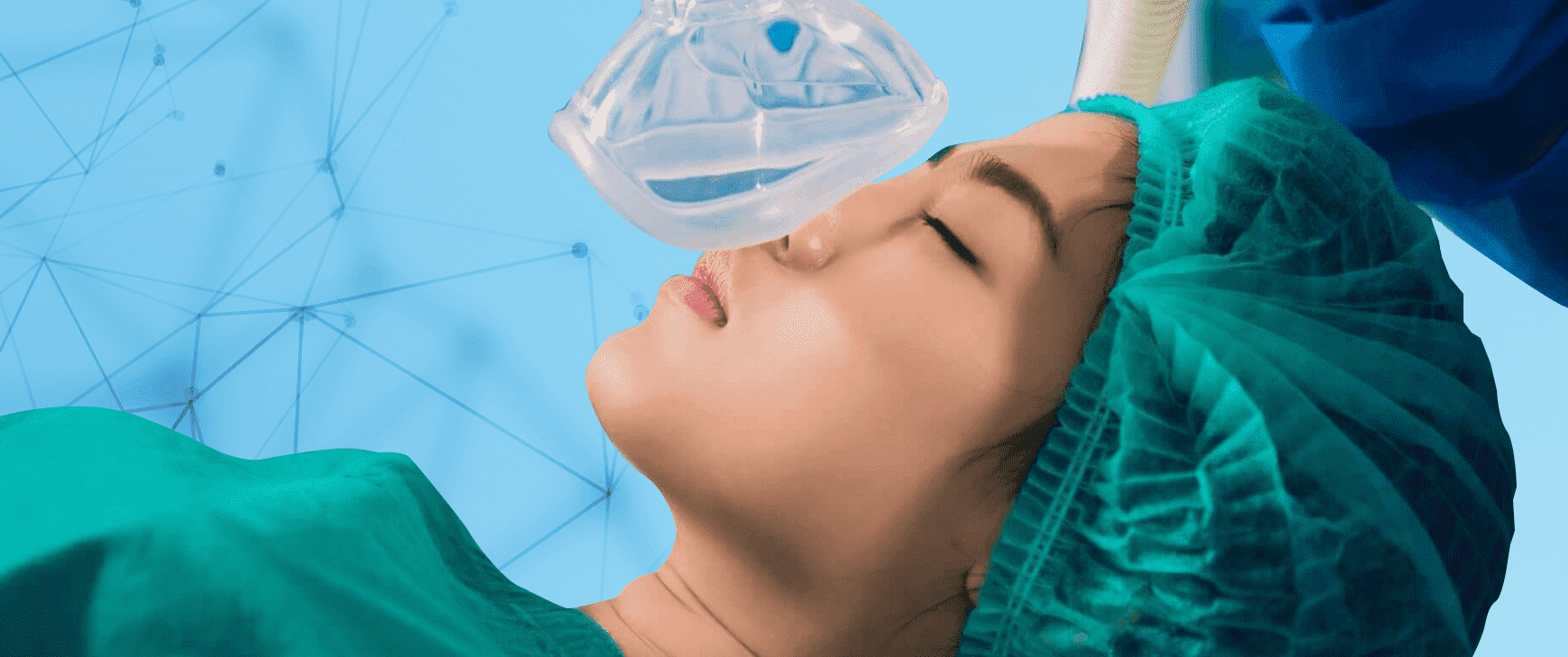Sedation and General Anesthesia
Salih ÖNDER2023-10-26T15:20:47+03:00Pediatric dentistry serves as an important branch of dentistry and has been gaining more and more importance in recent years. Pediatric dental clinic and general dentistry practices differ significantly from each other due to the differences in the mouth-tooth structure and mental characteristics of pediatric and adult patients. The approach of pediatric dentists to patients is of particular importance, as they provide services to mentally and physically disabled children as well as healthy children.
Every tooth lost in disabled patients can cause bigger problems than healthy individuals. Especially the majority of patients with intellectual disability are incompatible with the use of prosthesis. It can be very difficult for these individuals to survive with missing teeth. For this reason, dental care and preventive measures are of greater importance in disabled individuals. It is imperative that these people are taken to regular dentist checks and have caries-preventive applications.
Caries in the teeth do not only negatively affect the oral and dental health of children. It also affects physical and mental health. For this reason, decayed teeth should be treated as soon as possible and their negative effects on the child’s health should be prevented. However, unfortunately, in some cases such as fear of the child, mental disability or inability to communicate with the child, it is not possible to perform the treatments in the dentist’s chair with regional anesthesia. In such cases, all dental treatments can be performed at once under sedation or general anesthesia.
The pediatric patient population who visits the dentist generally consists of anxious children. These are children who often have negative experiences with previous dental treatments or other doctor visits, or who have problems cooperating because of their young age.
For this reason, parents have started to prefer to go to experienced physicians about how to approach children for the first examinations. Thus, they aim to develop a positive and impartial attitude towards their children’s dental examination and treatment.
Dental treatments can be performed under sedation or general anesthesia for children to have a positive experience with the dentist and its treatment.
What is sedation?
Difficulties in treatment in pediatric dentistry are often caused by the inability to control fear and anxiety in children. Although pedodontists, that is, pediatric dentists, have developed well-established practices in behavior management, these techniques are not always sufficient to manage the cooperation of patients. For these reasons, medications are needed to control pain and anxiety. This is where sedation comes into play in dentistry.
The medical practice performed by the anesthesiologist before dental treatments to calm the patient with drugs is called sedation.
It is generally used in dentistry to calm pediatric patients. In addition, sedation can be applied to people who have dentist phobia, whose treatment is not possible due to physical or mental disability, or who have a high gag reflex. However, sedation is not always sufficient for dental treatment and general anesthesia may be required for patients. Sedation is done with a drug called Dormicum, which is used in anesthesia. Dormicum is given to the patient by an anesthesiologist by intravenous administration or in the form of a suppository. It is sometimes used in combination with a drug called Ketanest.
For parents, being conscious of the child during sedation, being able to breathe independently, and being able to accompany their child during treatment makes sedation more preferable than general anesthesia.
What is general anesthesia?
Dentistry practices are usually performed by numbing the teeth with regional anesthesia. However, sometimes this is due to fear and anxiety.
sedation or general anesthesia may be required. In patients who can be completed in a short time and there is no health risk, sedation is preferred first.
In patients who are not suitable for sedation, related treatments are performed under general anesthesia at the decision of the anesthesiologist. General anesthesia causes temporary loss of consciousness and prevents the patient from being aware of the procedures and feeling pain. Since it relaxes the muscles, it facilitates the intervention by the physician.
What are the advantages of general anesthesia in dental treatments?
There are many advantages of performing dental treatments under general anesthesia in young children. With general anesthesia, all preventive and therapeutic dentistry applications are completed in a single session. Thus, both time is saved and the child and family can skip the process without experiencing stress and sadness. The risk of injury, which may occur as a result of sudden movements of young children during the treatment, is also eliminated.
What is the difference between general anesthesia and general anesthesia?
Both procedures are performed by an anesthesiologist. In sedation, the patient can breathe on his own and is not fully conscious. Depending on the level of sedation, the patient can be contacted and the patient can respond to some commands. In general anesthesia, the patient is in deep sleep and unconscious. Since he cannot breathe, he is connected to the breathing device with the help of a tube called an intubation tube, which is placed in his throat, and respiratory support is given from outside.
Can sedation be applied to every child?
Since sedation is an application that carries health risks, it is not possible to apply it to every child. A detailed evaluation should be made by an anesthesiologist as it may be risky in children with chronic diseases. Sedation is suitable for short-term dental treatments applied to healthy children.
For which patients is sedation suitable?
The sedation procedure is suitable for those who need dental treatment to be completed in a short time, often among mentally retarded children and adults. It can also be applied to small children aged 2-9 who do not have any mental disability, if needed. In adults, it can be preferred for some special conditions such as dentist phobia and excessive gag reflex. Patients with chronic diseases and who are thought to be risky for sedation in terms of health can be evaluated by the anesthesiologist and decided to take general anesthesia.
How is dental treatment performed with general anesthesia in children?
It is of great importance not to separate children from their parents while general anesthesia is applied to protect their mental health. For this, when general anesthesia will be given to the child, relaxing drugs are given by mouth or in the form of suppository while they are with their parents in the room where they are taken.
When the child falls asleep, he is taken to the operating room so that he does not feel separated from his parents. He is put to sleep with general anesthesia in the operating room and woken up after dental treatments. Since he was brought to his family right after he was awakened, he finds them next to him when he opens his eyes. In this way, he does not experience any psychological trauma because he always feels that his family is with him.
To whom can general anesthesia be applied?
Young children who need urgent treatment but have a fear of the dentist or cannot be contacted.
Children with mental or physical disabilities
Children who cannot undergo regional anesthesia due to allergies or anatomical differences
Young children with extensive caries called early childhood caries or bottle caries
Children who are at health risk during dental treatment such as heart disease and whose risk will decrease with general anesthesia
Dental treatment in children and adults with severe mental disabilities is only possible under general anesthesia. The application provides comfort to both the patient and the physician. Dental Group Hospitadent serves you in pediatric dentistry clinics in all its branches, with its state-of-the-art equipment and expert physician staff, to perform dental treatments and preventive applications for your children without fear of the dentist.
Treatment Summary
Number of Transactions
2-3
Return to Work Process
Now
Processing Time
10 Days
Full Recovery Process
Now
Anesthesia Method
Local anesthesia
Persistence of Results
5 Years
Sensitivity Process
Non
Eating - Drinking Process
2 Hours Later
Note: *The information and recommendations on this page are for informational purposes only. Please consult your doctor for diagnosis and treatment. WhatsApp line.
Bütün İşimiz Diş


